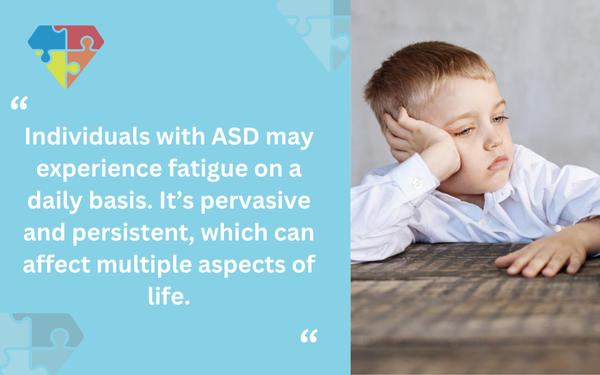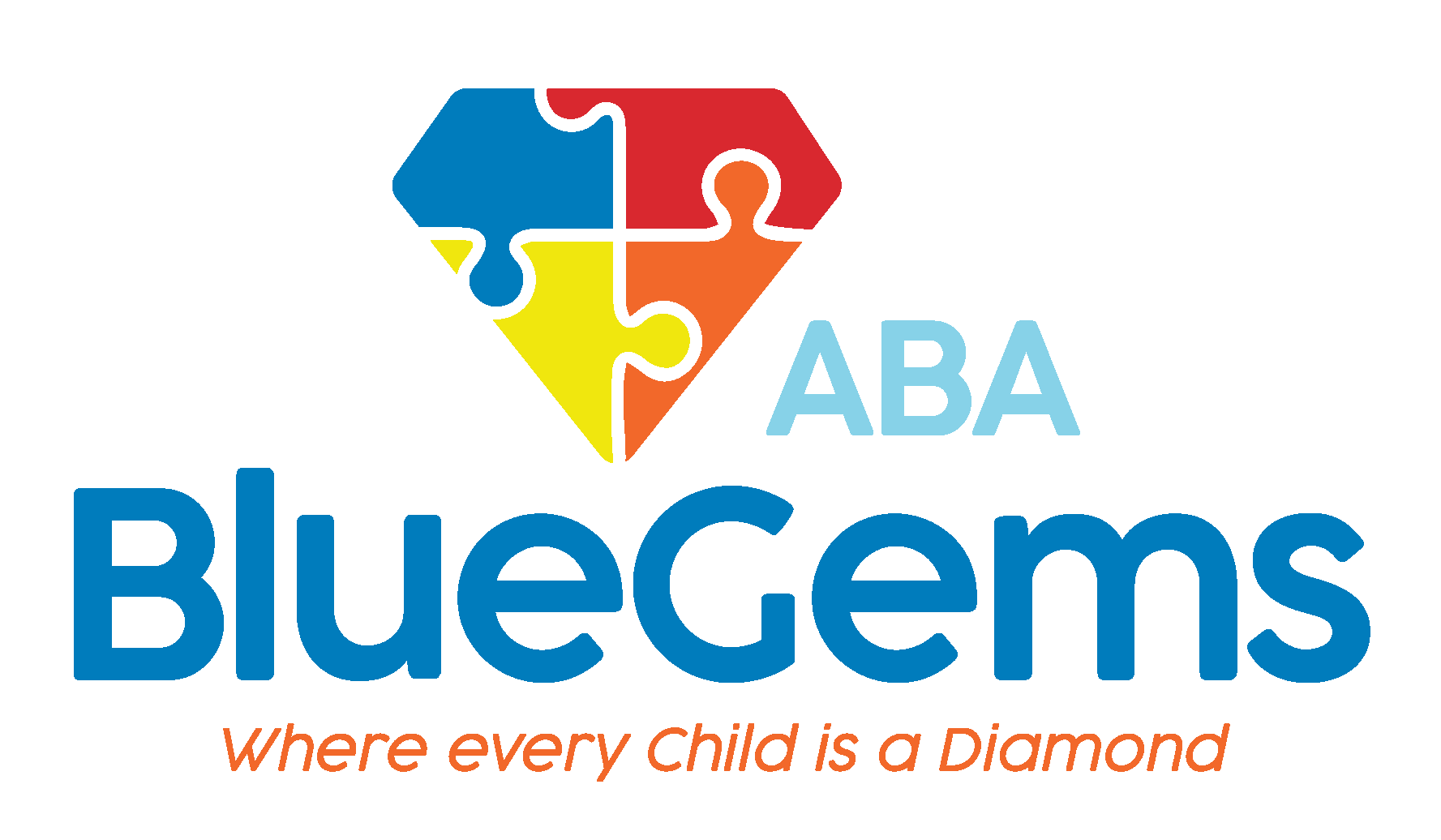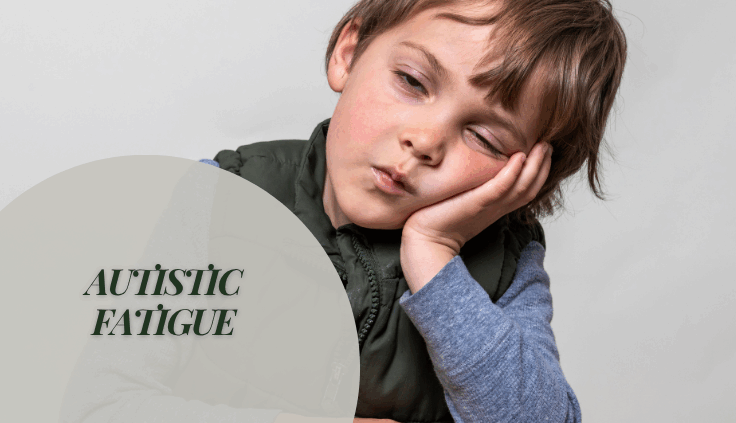Autistic Fatigue: Recognizing and Managing Energy Depletion
At times, you may feel as if you’ve figuratively hit a wall, that you’re feeling tired and worn down even though you had a typical day. This type of fatigue is normal for people to experience occasionally.
For individuals with autism spectrum disorder (ASD), fatigue can happen much more frequently. Some may even experience fatigue on a daily basis, which can be both physically and mentally draining.
Not only that but daily fatigue can stand in the way of everyday life, affecting work, social interactions, school and general well-being.
In this article, we’ll examine autistic fatigue and how to recognize and manage energy depletion.
Key Takeaways
- Autistic fatigue is more frequent and severe than typical fatigue.
- It stems from sensory overload, communication stress, co-occurring conditions, and cognitive strain.
- Symptoms can be physical, emotional, cognitive, or behavioral — like headaches, irritability, brain fog, or withdrawal.
- Effective management includes good sleep hygiene, balanced diet, physical activity, and sensory breaks.
- ABA therapy can support fatigue management by helping with behavioral and sensory coping strategies.
Table Of Contents
What is Autistic Fatigue?
Autistic fatigue differs from typical fatigue in two ways: It happens more often, and it is usually more severe.
Individuals with ASD may experience fatigue on a daily basis. It’s pervasive and persistent, which can affect multiple aspects of life.

Fatigue isn’t one of the core symptoms of autism, and it’s not a part of the diagnostic criteria for ASD. That being said, many individuals with autism have fatigue in this way, so much so that it’s widely recognized as a common experience.
| Why Autistic Fatigue Happens | How It Affects Individuals |
|---|---|
| Heightened sensory processing | Leads to sensory overload and mental exhaustion |
| Stress, anxiety, and depression from navigating social and communication challenges | Causes persistent emotional strain and low energy |
| Comorbid conditions (e.g., sleep issues, GI problems, epilepsy) | Disrupts rest and recovery, contributing to chronic fatigue |
| Cognitive overload from processing information differently | Leads to brain fog, forgetfulness, and slower thinking |
Why is Autistic Fatigue Common?
There are several factors that contribute to autistic individuals experiencing fatigue in this way.
Individuals with autism process sensory inputs differently than their neurotypical peers. What this means is they may experience sights, sounds, textures and smells around them in a much more heightened way.
Being bombarded by sensory stimuli on a consistent basis can result in them experiencing sensory overload, something that is quite taxing on their brain.
It’s also common for individuals with autism to suffer from stress, anxiety and depression as a result of their ASD symptoms. Trying to communicate effectively, navigate social scenarios and experiencing sensory overload can all cause this, and studies have shown that it can then lead to fatigue.
Many autistic individuals also suffer from comorbid conditions, such as epilepsy, gastrointestinal issues and sleep challenges. All of this can contribute to fatigue and prevent their bodies and brains from getting the rest they need.
What Are Some Signs of Autistic Fatigue?
Recognizing some of the common signs of autistic fatigue is essential in providing individuals with ASD with the proper support. Because of the fact that they commonly struggle with communication, they may not be able to tell others how they’re feeling or that they need help when they’re experiencing fatigue.
Some of the physical symptoms of autistic fatigue include muscle pains and aches, increased pain sensitivity, low energy levels and headaches.
There are also emotional symptoms, such as exhibiting increased frustration and irritability, poor mood, heightened anxiety and more frequent tantrums. Autistic fatigue may also present itself via cognitive symptoms such as having a tough time focusing and concentrating, having brain fog, forgetfulness and processing information slower.
You may be able to identify autistic fatigue through behavioral symptoms as well, including increased self-stimulatory behaviors, withdrawing from activities even if it’s a preferred interest, and trouble completing tasks.
What Are Some Ways to Manage Autistic Fatigue?
Many of the most effective ways at managing autistic fatigue are also strategies that are beneficial for neurotypical individuals.
This includes establishing a set nighttime routine to ensure a proper night’s sleep. Individuals with autism may require a room free from all distractions and even sleep aids in some instances.
A balanced and healthy diet not only nourishes the body but gives the brain the energy it needs to fight fatigue. Whole foods such as fruits, lean proteins, whole grains and vegetables are best.
This can be a challenge for some individuals with autism who may have aversions to certain smells, tastes and/or textures. Still, it’s best to avoid processed foods and excess sugar, which can lead to lower energy levels and poor sleep.
Engaging in physical activity every day can actually fend off autistic fatigue as well. Even activities such as dancing at home or walking around the block can improve one’s energy levels.
It can also prove helpful to take a break from sensory stimulation throughout the day. Being able to retire to a quiet and calming environment can help autistic individuals to “center” themselves and avoid sensory overload.
Sensory tools such as weighted blankets, noise-cancelling headphones and fidget toys can all be helpful, too, when escaping to a sensory-friendly room isn’t an option.
Blue Gems ABA Supports Autistic Individuals in All Ways
Individuals with autism can experience fatigue much more frequently and severely than their neurotypical peers, causing major disruptions throughout the day. Following some of the tips above, you can more effectively recognize and manage autistic fatigue.
At Blue Gems ABA, our team of experienced therapists can help children with autism recognize and manage autistic fatigue by administering applied behavior analysis (ABA therapy). These strategies can help them improve communication and social skills, modify behaviors and manage sensory sensitivities — all of which can help reduce autistic fatigue.
To learn more, please contact us today.
FAQs
- Q: Is fatigue a symptom of autism?
A: No, it’s not a core diagnostic symptom, but many autistic individuals experience chronic fatigue. - Q: What are some signs of autistic fatigue?
A: Signs include low energy, headaches, irritability, brain fog, and avoidance of preferred activities. - Q: How is autistic fatigue different from regular tiredness?
A: It tends to be more persistent, intense, and related to sensory and emotional overload. - Q: Can diet affect autistic fatigue?
A: Yes. Whole foods can boost energy while processed foods and sugar may worsen fatigue and sleep issues. - Q: How does ABA therapy help with fatigue?
A: It helps individuals manage stress, improve communication, and adopt routines that reduce energy depletion.




